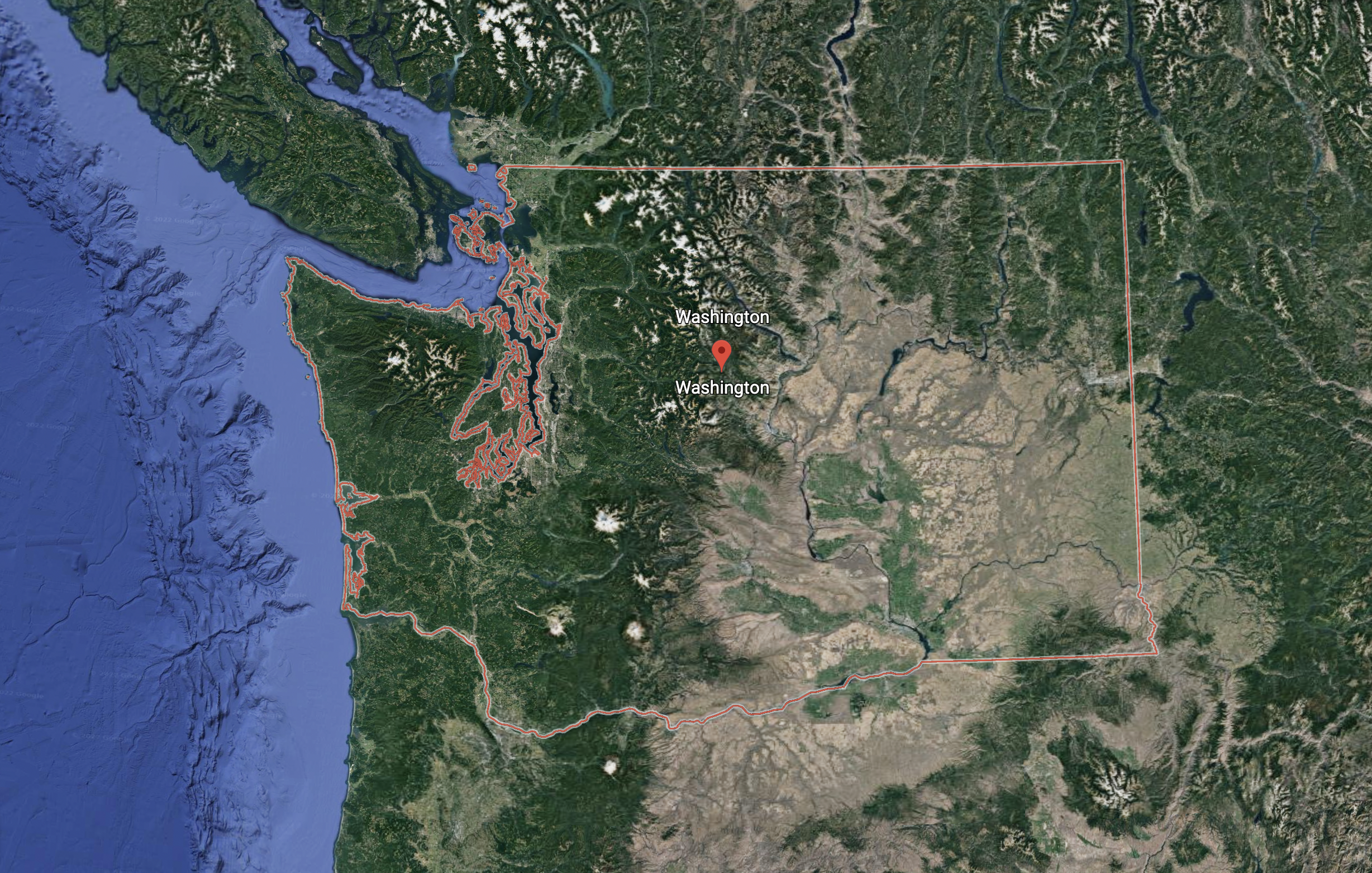
1.) I am a woman. 2.) I am married to a man. 3.) I work to defend queer youth rights and fight victimization. 4.) I am queer. 5.) I am bisexual. Most people hear the first two and assume that I am straight. They hear the third and wonder why a straight woman is working for the queer community. They hear the fourth and are confused. And when they hear the fifth, it all comes together in an eye roll. Bi-ignorance and bi-phobia are issues that I deal with every day of my life.
When I say that I am a woman, I mean female biologically and in my gender expression. On the continuum of gender expression, I mostly reside on the feminine side. I like to wear dresses with high heals, make-up and jewelry, carry a purse, shop at Victoria’s Secret, and get my nails done. There are of course the days that I am in men’s basketball shorts and wear my hair up to where it is shaved on the underside, but most people take one look at me and think that I am very feminine. When I first began working with queer youth, one of the questions I was asked was, “You don’t identify do you?” These kinds of assumptions followed me all the way to a date with a woman who actually asked me on the date if I were gay. I grew so tired of this that I decided I would change my appearance so that people could take one look at me and know that I was queer. I cut and buzzed my hair. I then had my nails taken off and I stopped wearing the dresses and carrying a purse. I completely altered how I looked, and it worked. I could walk into a room of queer people and no longer felt like an imposter. I was no longer asked questions of why I chose the line of work that I did. I felt completely accepted into the gay community. Only one problem, I hated to look in the mirror. I was feeling forced to express my gender in a way that was contrary to who I was, just to feel accepted. But even all that change to my gender expression was still not enough.
I could only get so far in the queer community based on my altered gender expression because it would all change the moment I said that I was bisexual. Once those words escaped by mouth, the bi-phobia from within the community would emerge. I had women not want to date me because I was tainted having been with a man. I was told that bisexuality did not exist; you were either one way or another. I stopped identifying as bisexual and started calling myself queer. I avoided ever talking about an ex-boyfriend and stopped seeing a lot of my straight friends. I felt like some sort of mutt, trying to hide my straight side and displaying only my gay pedigree. I couldn’t escape the bi-phobia. I would try to watch the L Word, hoping to see a bisexual character that I could identify with, but instead would watch her being asked to “make up her mind.” Several seasons later, she started identifying as a lesbian. I gave up the losing battle against other’s bi-phobia and realized the only thing left to do was fully embrace within myself being bisexual.
Embracing who I was felt good, and I started to date a wonderful woman who was supportive of my identity and encouraged me to put back on the dresses and high heals. I began to call myself bisexual again, this time with pride. I stopped thinking of myself in terms of my gay side and my straight side and realized that I was letting other’s perceptions cause me to divide myself. I came to realize that I wasn’t one-half gay, one-half straight, that I was all bisexual.
That relationship came to an end and the next person that I met was a man. Falling in love with and being in a serious relationship with a man brought back all of my insecurities. How could I bring him now into my queer world? He was fully accepting and wanted to go with me to my usual places, but I felt ashamed. I imagined eyes glaring at me, questioning me. It only got worse when he asked me to marry him.
Marriage was a hard decision for me. On one hand, it was a “no-brainer,” he was and is the love of my life. On the other hand, I felt like a hypocrite marrying when if by chance I had fallen in love with a woman, then marriage would not have even been an option. It was a long process to come to a place where I felt comfortable accepting the proposal. I discussed this at length with my queer family and friends. They told me that denying myself marriage, although a noble gesture, really did them no good. In fact, they said that they would rather see me happy and were glad that I had this opportunity. The general consensus was, why have one more suffering queer person out there if they don’t have to be? One optimistic friend told me that her time would be coming soon. A lesbian friend performed the marriage ceremony, and I felt as though I had the queer community’s blessing. All of my family and friends, both straight and gay, were there to help me celebrate.
Being married only added to my feelings of queer invisibility. When I talk about my husband, everyone assumes that I am straight. Add that to my feminine gender expression, and there is no doubt in anyone’s mind. I actually had a queer coworker complain to me that she was the only queer person at our work. I find myself wanting to scream out in meetings or in circles of new friends, “I’m queer!” It is funny because one of the criticisms I have heard of bisexuals is how easy we can blend into heterosexual society. If only those who made such statements knew how desperate I am to not fit in, to be noticed and recognized for who I am.
And who I am is bisexual. When I was with girlfriends, I was bisexual. Currently married to my husband, I am still bisexual. From my morning shower to brushing my teeth at bedtime, I am bisexual. It was never a phase, never a thing I did in college, never something for fun. It isn’t an identity that I tried on like a party hat. It was and is who I am. I don’t need to make up my mind. My mind, heart, body, and soul have been made up for a long time. I am bisexual.
I recently said to a young girl who proudly exclaimed that she is bisexual to be prepared, that it is a hard road. I hope that when she reaches my age, the bi-ignorance and bi-phobia will have dissipated. In the meantime, I will strive to educate all those whom I come in contact with that a person can be 1.) A woman. 2.) Married to a man. 3.) Work to defend queer youth rights and fight victimization. 4.) Queer. 5.) Bisexual.
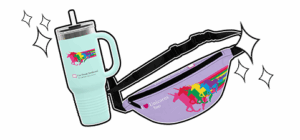

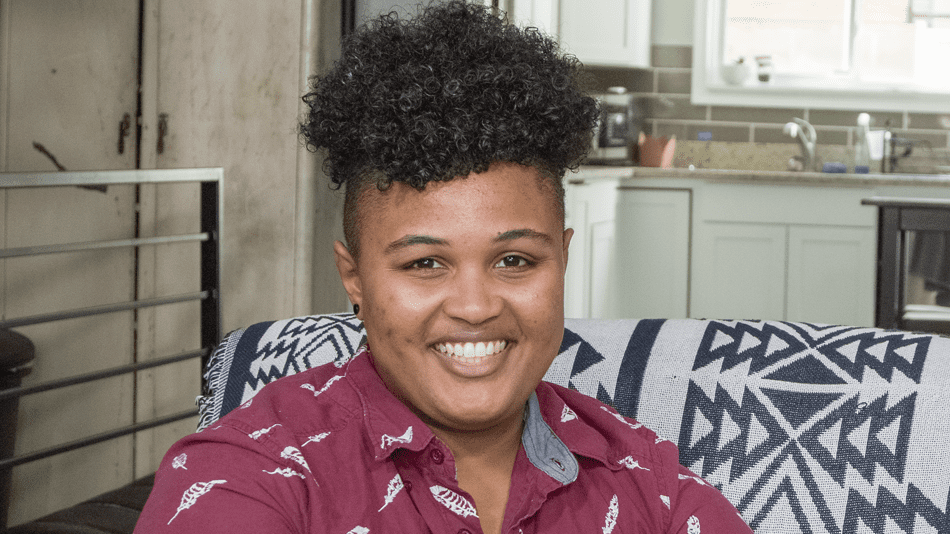

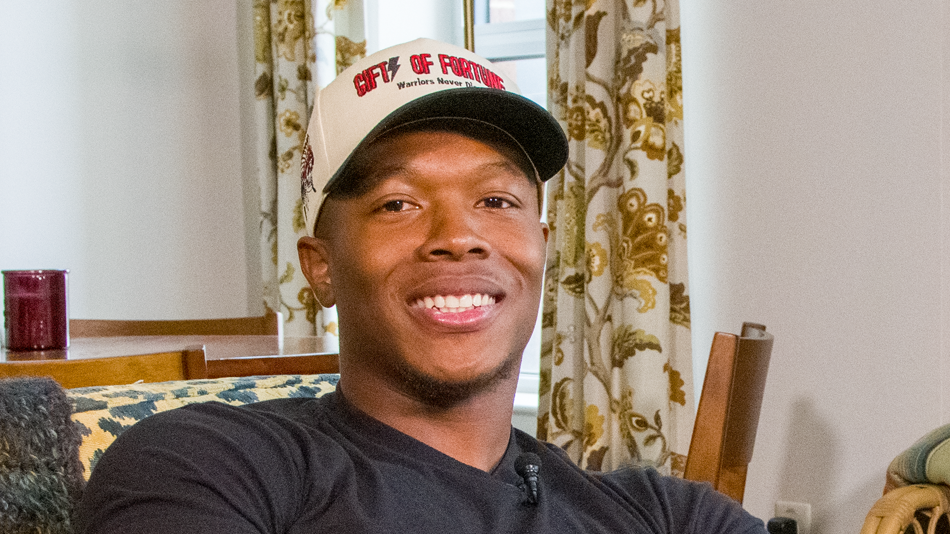
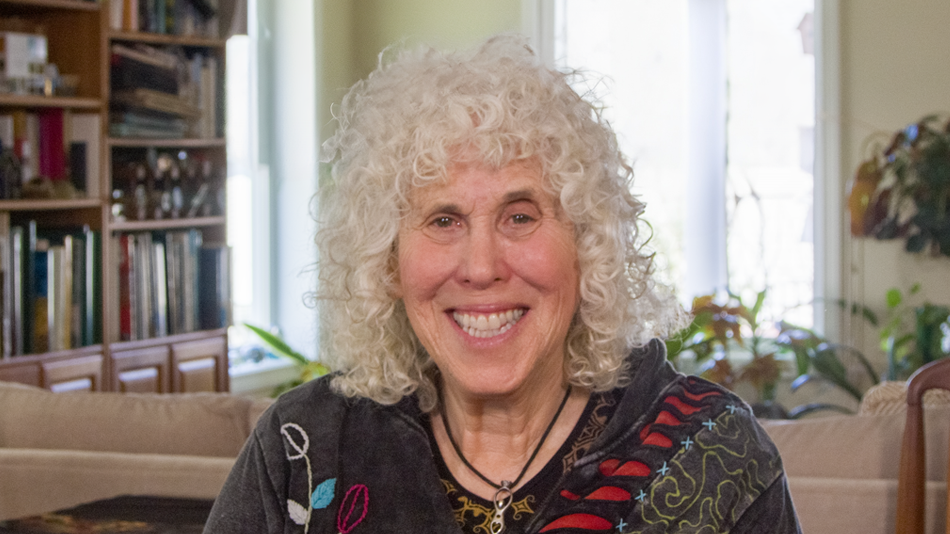
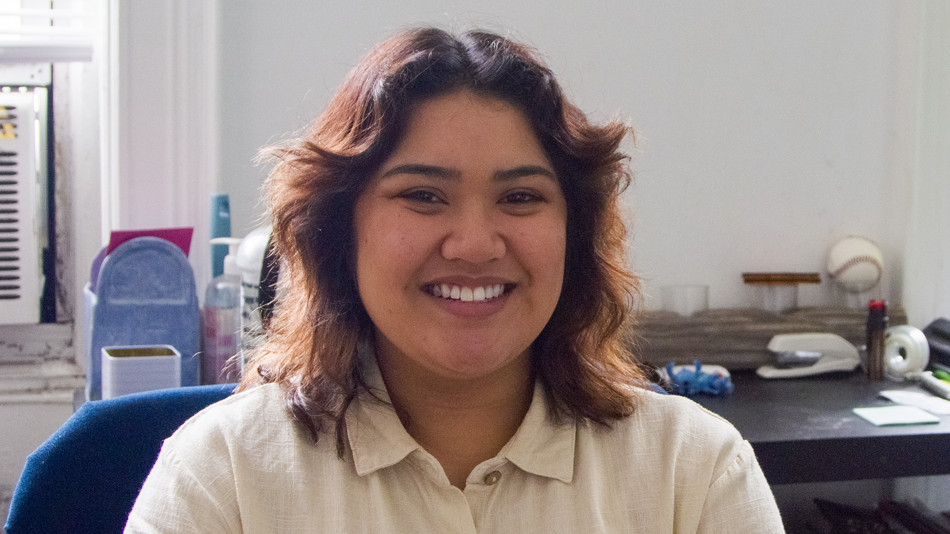
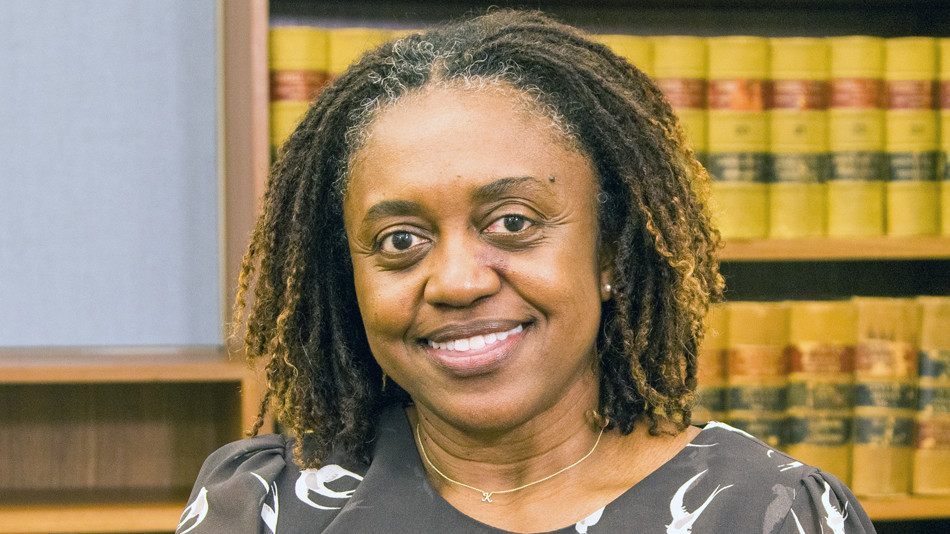
Share